Structural engineering is crucial for the design and construction of safe & stable structures, but even with careful planning, mistakes can still occur. To avoid these mistakes & ensure the safety & stability of your designs, make sure to accurately calculate loads, use corrosion-resistant materials, properly design & detail connections, consider temperature changes, prioritize maintenance & inspection, assess soil conditions, incorporate redundancy, use accurate reinforcement design & detailing, consider fire protection, & maintain effective communication & coordination with all project team members. By following these tips, you can avoid costly mistakes and ensure the success of your projects.
Menu
Avoiding Structural Engineering Mistakes
Structural engineering is a branch of engineering that focuses on the design, construction, & maintenance of the physical structures that support or enclose human activities. These structures can range from small residential buildings to towering skyscrapers & bridges. It is essential for structural engineers to consider a wide range of factors in their designs, including the loads that the structure will be subjected to, the properties of the materials being used, the soil conditions, & the potential for corrosion, temperature changes, & fire.
However, even with careful planning & attention to detail, mistakes can still happen. In this article, we will discuss some common mistakes to avoid in structural engineering to ensure the safety & stability of the structures you design.


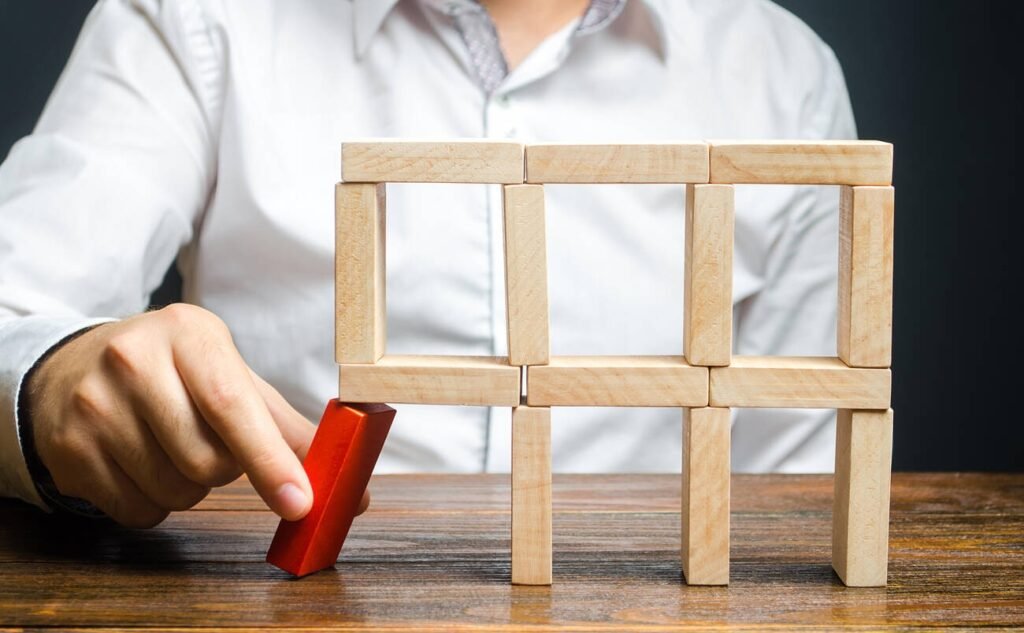

Underestimating Loads: A Common Structural Engineering Mistake.
It is essential for structural engineers to accurately calculate the loads that a structure will be subjected to in order to ensure its safety & stability. These loads can include the weight of the building itself, as well as external forces such as wind & earthquakes. Failing to accurately calculate these loads can result in the collapse or damage of the structure. This is why it is so important for structural engineers to carefully consider all of the potential loads that a structure may be subjected to & to use appropriate materials & design techniques to ensure that the structure can withstand these loads. By accurately calculating & considering all of the loads that a structure will be subjected to, structural engineers can help to prevent costly mistakes & ensure the safety & stability of the structures they design.
Ignoring Corrosion
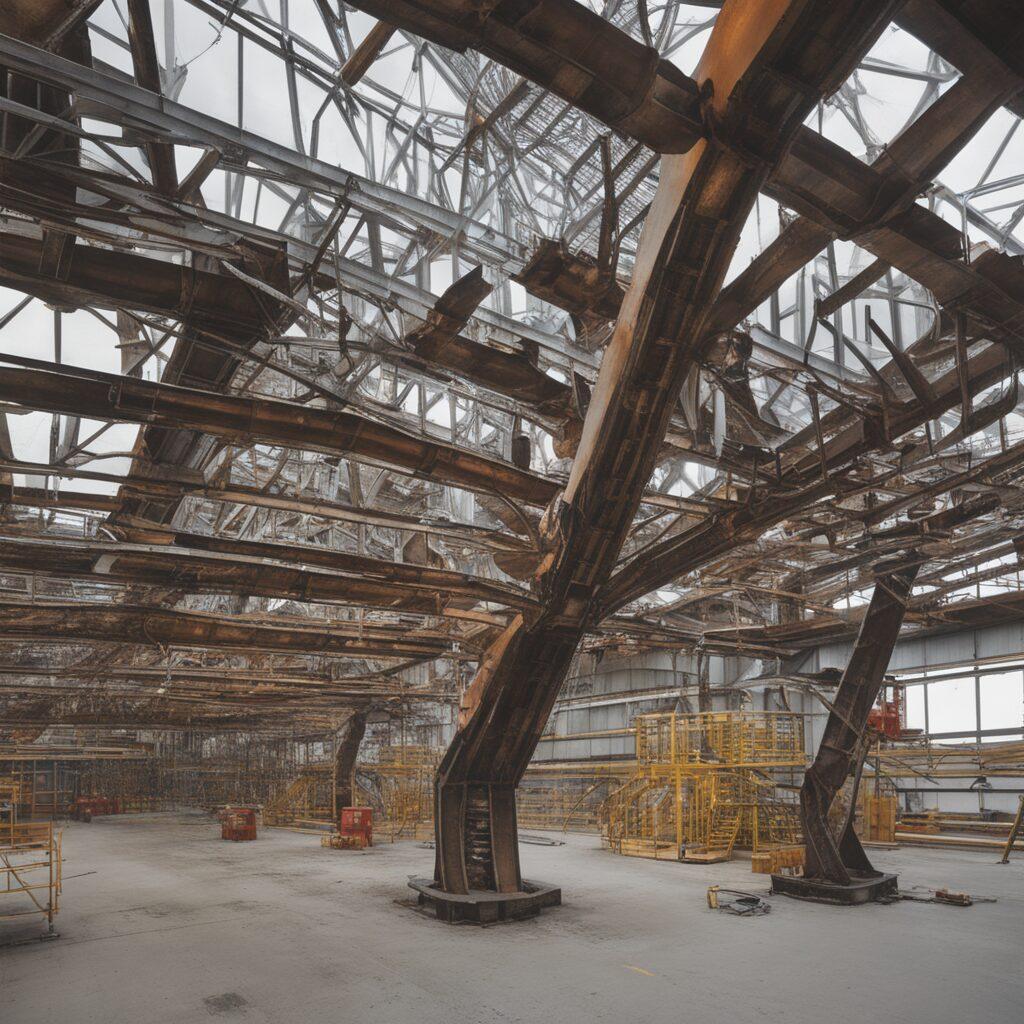

Corrosion is a common problem that can weaken materials & reduce the strength of a structure. It occurs when a material reacts with its environment, typically through a chemical process, & can lead to the deterioration & eventual failure of the material. This is especially problematic for structures made of metal, as corrosion can significantly reduce the strength of the metal & make it more prone to failure.
To prevent corrosion, it is important for structural engineers to consider using corrosion-resistant materials or applying protective coatings to the materials used in a structure. There are many different types of corrosion-resistant materials available, including stainless steel, aluminium, & various types of coatings & treatments that can be applied to other materials to protect them from corrosion. By using corrosion-resistant materials or applying protective coatings, structural engineers can help to ensure the long-term stability & safety of their designs.
Poor Connection Design & Detailing
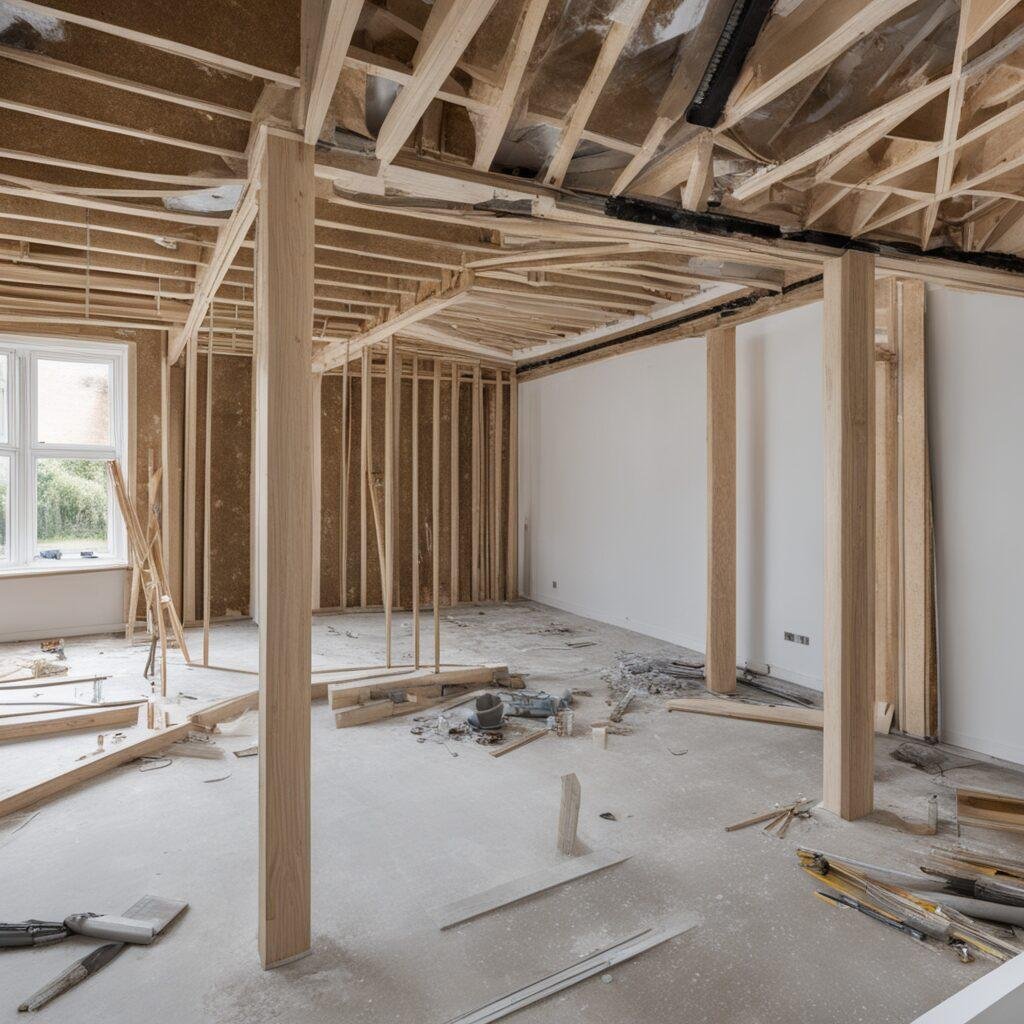

Connections between different parts of a structure are critical for its stability & strength. If these connections are not properly designed & detailed, it can lead to structural failure. This is why it is so important for structural engineers to carefully consider the design & detailing of connections in their designs.
There are many factors to consider when designing & detailing connections, including the type & size of the materials being used, the forces that the connection will be subjected to, & the overall geometry of the connection. It is also important to consider the manufacturing & construction processes involved in creating the connection, as this can impact its strength & reliability. By carefully designing & detailing connections, structural engineers can help to ensure the stability & safety of their designs.
Neglecting Temperature Changes


Temperature changes can have a significant impact on the stability & strength of a structure. Materials exp& & contract at different rates when exposed to changes in temperature, which can cause stress on the structure & potentially lead to failure. It is important for structural engineers to consider this effect in their designs to ensure the safety & stability of the structure.
There are several factors that can influence how a material responds to temperature changes, including its coefficient of thermal expansion, the range of temperature changes it will be subjected to, & the type of loading it will experience. By considering these factors & using appropriate materials & design techniques, structural engineers can help to mitigate the impact of temperature changes on their designs. This can include using materials with low coefficients of thermal expansion, incorporating expansion joints to allow for movement, & designing the structure to account for the effects of temperature changes. By properly considering temperature changes in their designs, structural engineers can help to ensure the long-term stability & safety of their structures.
Neglecting Maintenance & Inspection


Proper maintenance & inspection are essential for the longevity & safety of a structure. Neglecting these tasks can lead to unexpected failures & costly repairs. It is important for structural engineers to consider the maintenance & inspection needs of a structure in their designs & to ensure that appropriate maintenance & inspection protocols are in place.
There are many factors to consider when planning for maintenance & inspection, including the type of structure, the materials used, & the environment in which the structure is located. Structural engineers should consider the potential for wear & tear, corrosion, & other types of deterioration, & design the structure to be as maintenance-friendly as possible. This can include using materials that are easy to maintain, designing in accessible areas for inspection & maintenance, & incorporating features such as drain plugs or removable panels to facilitate maintenance & inspection tasks.
In addition to designing for maintenance & inspection, it is important for structural engineers to ensure that appropriate maintenance & inspection protocols are in place & are being followed. This may include establishing a schedule for regular inspections, providing training to maintenance personnel, & setting up a system for documenting & tracking maintenance & inspection activities. By properly considering maintenance & inspection in their designs & implementing appropriate protocols, structural engineers can help to ensure the long-term safety & stability of their structures.
Ignoring Soil Conditions
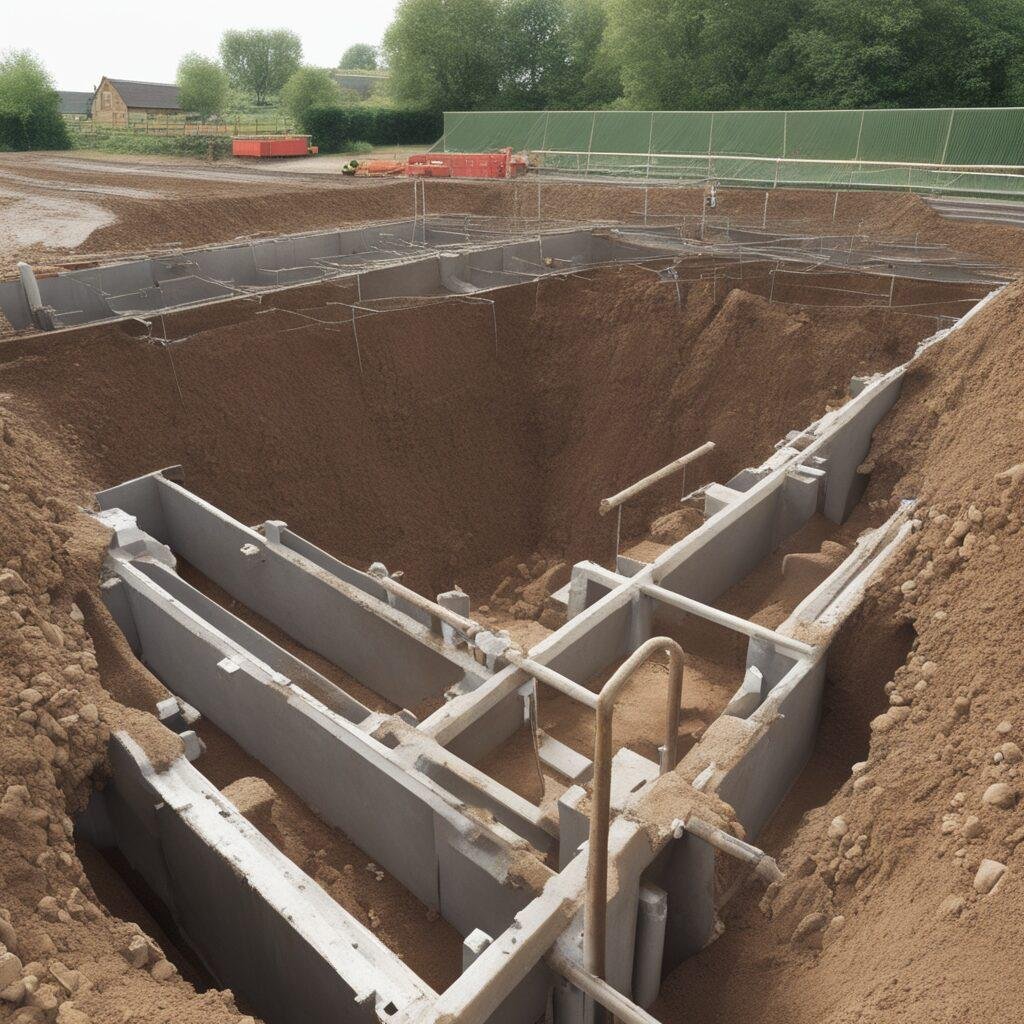

Soil conditions can have a significant impact on the stability of a structure. The type of soil & its bearing capacity can affect the stability of a foundation & the overall structure. It is important for structural engineers to properly assess these conditions before beginning the design process to ensure the safety & stability of the structure.
There are several factors to consider when assessing soil conditions, including the type of soil, its compaction & density, & its bearing capacity. Structural engineers should also consider the potential for soil movement or settlement, which can impact the stability of a foundation. To properly assess soil conditions, structural engineers may need to conduct site surveys, soil tests, & other types of assessments to gather the necessary information. By properly assessing soil conditions & considering them in the design process, structural engineers can help to ensure the stability & safety of their structures.
Lack of Redundancy in Structural Systems
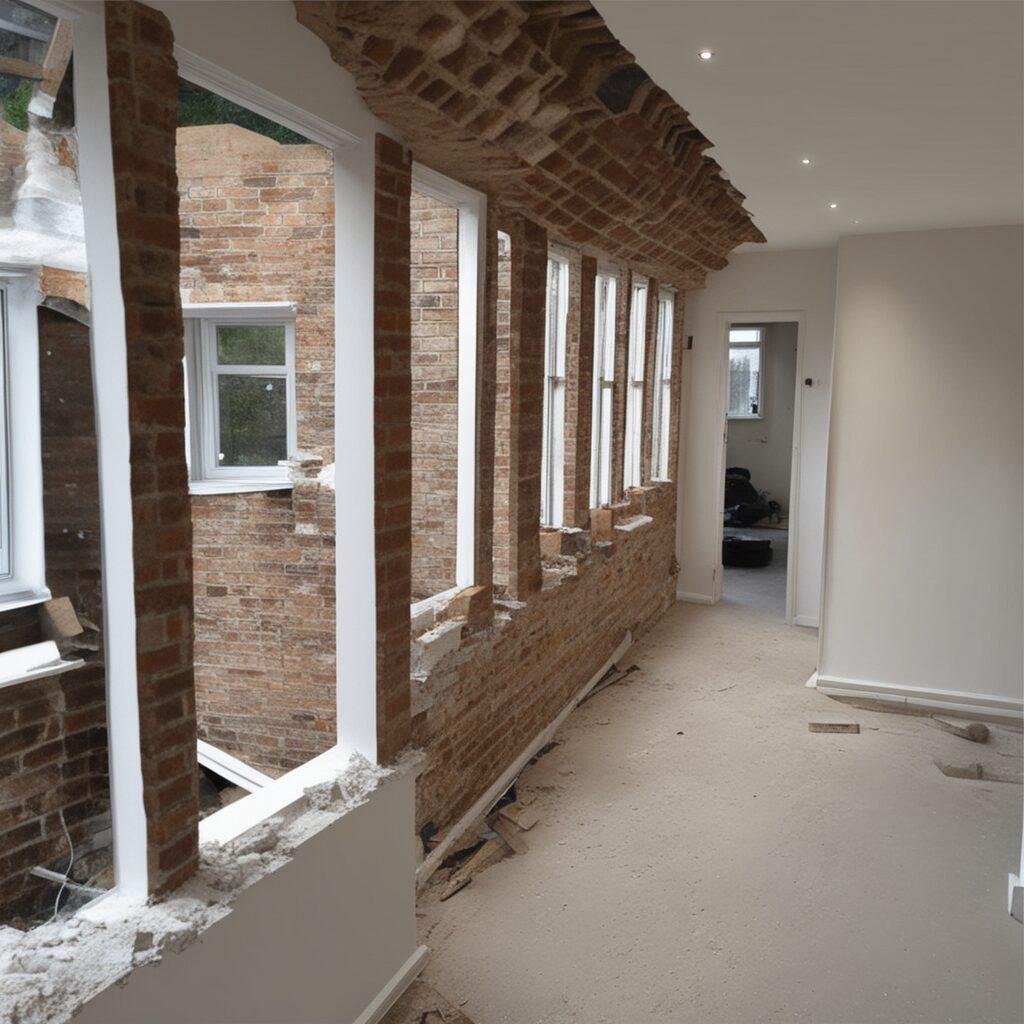

Redundancy is the use of multiple elements or systems that can support the load in case of failure. Incorporating redundancy into the structural design of a building or other type of structure can increase its stability & safety. Structural engineers should not overlook the importance of redundancy in their designs.
There are many ways to incorporate redundancy into a structural design. This can include using multiple structural elements to support the load, such as using multiple columns or beams to distribute the load more evenly. It can also include the use of structural elements with different modes of failure, such as using a combination of tension & compression elements to provide additional support in case of failure.
Incorporating redundancy into a structural design can help to ensure the stability & safety of a structure. It can also help to reduce the likelihood of unexpected failures & costly repairs. By considering the importance of redundancy in their designs, structural engineers can help to ensure the long-term stability & safety of their structures.
Inaccurate Reinforcement Design & Detailing
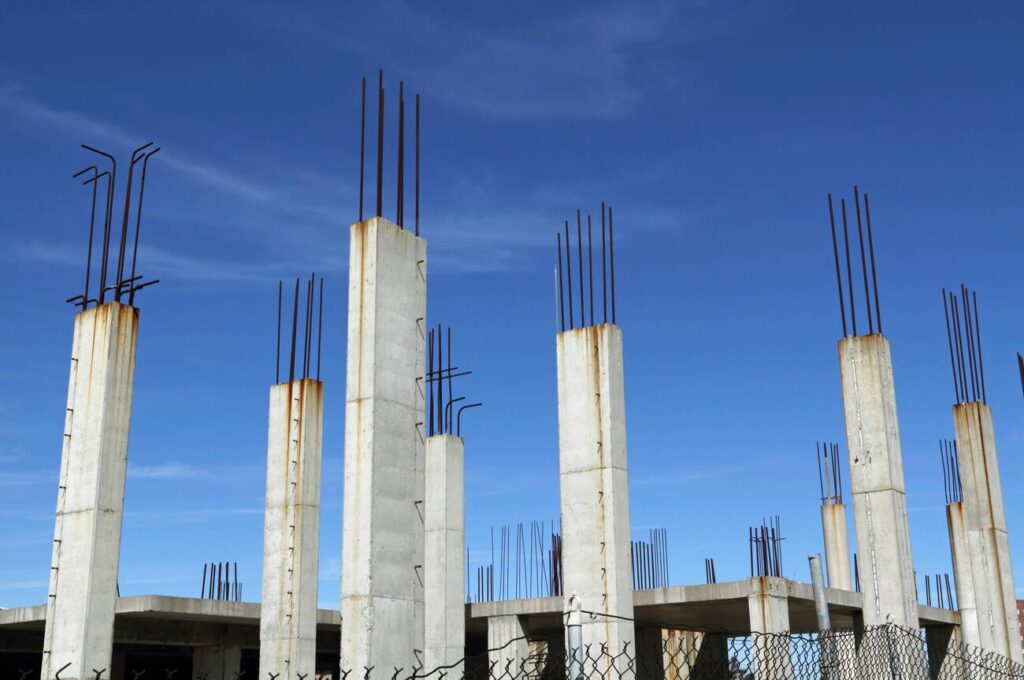

Reinforcing bars, or rebar, are used to provide additional strength & support to concrete structures. It is crucial for structural engineers to use the correct type & size of rebar & to properly space them in order to provide the necessary strength & support. Incorrectly designing & detailing the use of rebar can lead to structural failure.
There are many factors to consider when designing & detailing the use of rebar in a structure, including the size & type of rebar, the spacing between the bars, & the location & orientation of the bars. Structural engineers should also consider the loading conditions that the structure will be subjected to, as well as the properties of the concrete being used. By using the correct type & size of rebar & properly spacing them, structural engineers can help to ensure the strength & stability of their designs.
Neglecting Fire Protection
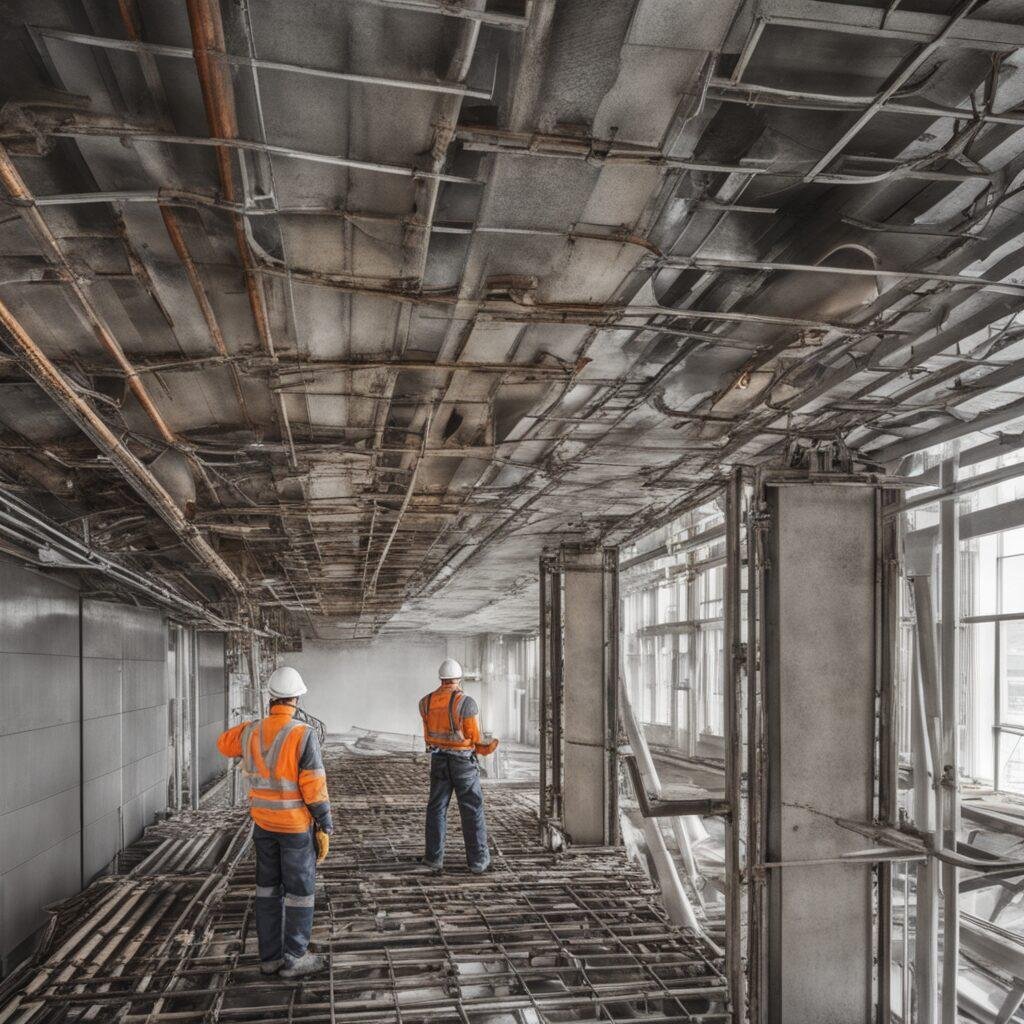

Fire can weaken materials & cause structural failure, making it important for structural engineers to consider the potential for fire in their designs. To mitigate the risk of fire, structural engineers should consider using fire-resistant materials or incorporating fire protection systems as needed.
There are many ways to incorporate fire protection into a structural design. This can include using fire-resistant materials, such as concrete, brick, or steel, which are less prone to fire damage than other materials. It can also include the use of fire protection systems, such as sprinkler systems, fire barriers, & fire-resistant coatings, which can help to contain & extinguish fires.
By considering the potential for fire in their designs & using fire-resistant materials or incorporating fire protection systems as needed, structural engineers can help to ensure the safety & stability of their structures.
Poor Communication & Coordination


Effective communication & coordination with all members of the project team are essential for the success of any project. Poor communication or lack of coordination can lead to misunderstandings & mistakes that can have a significant impact on the overall outcome. Structural engineers should prioritize effective communication & coordination with all members of the project team, including architects, contractors, & clients, to ensure the success of their projects.
There are many ways to improve communication & coordination on a project. This can include establishing clear lines of communication, holding regular meetings to discuss progress & address any issues that may arise, & using project management tools & software to help track progress & collaborate with team members. It is also important for structural engineers to be proactive in addressing any issues or concerns that may arise during the project, & to seek clarification or additional information when needed. By prioritizing effective communication & coordination, structural engineers can help to ensure the success of their projects & avoid costly mistakes.
Final Thoughts on Avoiding Structural Engineering Mistakes.
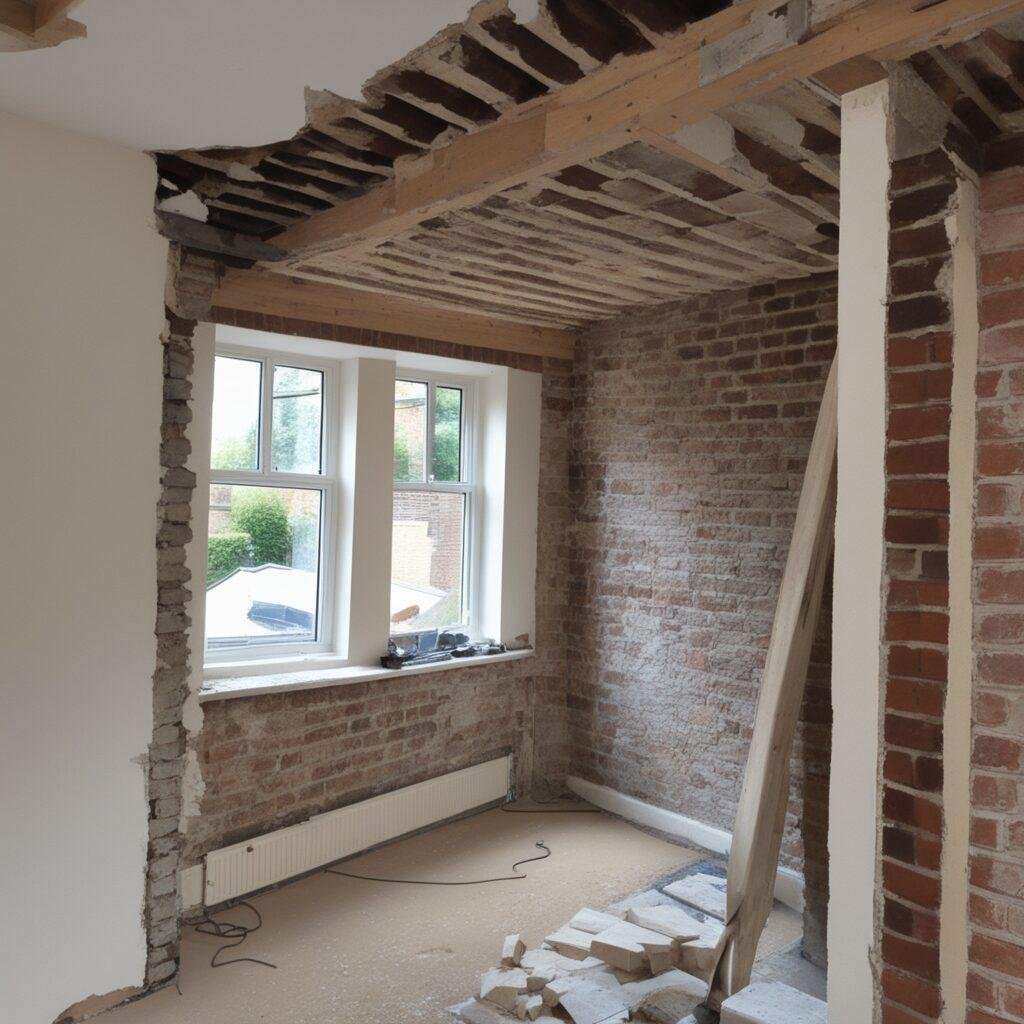

Structural engineering involves designing & constructing structures that are safe & stable. It is important for structural engineers to consider a variety of factors in their designs, including loads, materials, soil conditions, & potential hazards such as corrosion, temperature changes, & fire. However, even with careful planning, mistakes can still occur. To avoid these mistakes, it is important to accurately calculate loads, use corrosion-resistant materials, properly design & detail connections, consider temperature changes, prioritize maintenance & inspection, assess soil conditions, incorporate redundancy, use accurate reinforcement design & detailing, consider fire protection, & maintain effective communication & coordination with all project team members. By avoiding these mistakes, structural engineers can ensure the safety & stability of the structures they design.



- Head Office: Corwell Lane, Uxbridge, England, UB8 3DE.
- + (44) 07359 267907
- info@structuralengineercalcs.com


